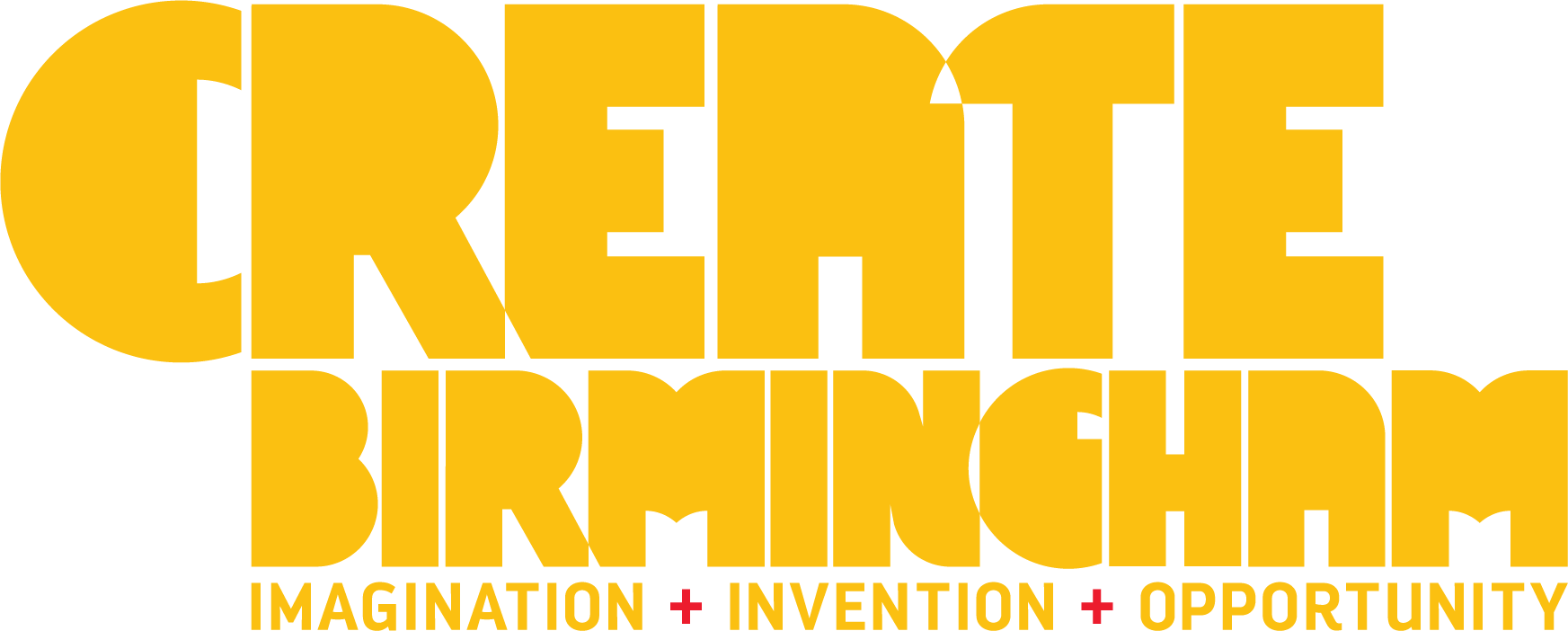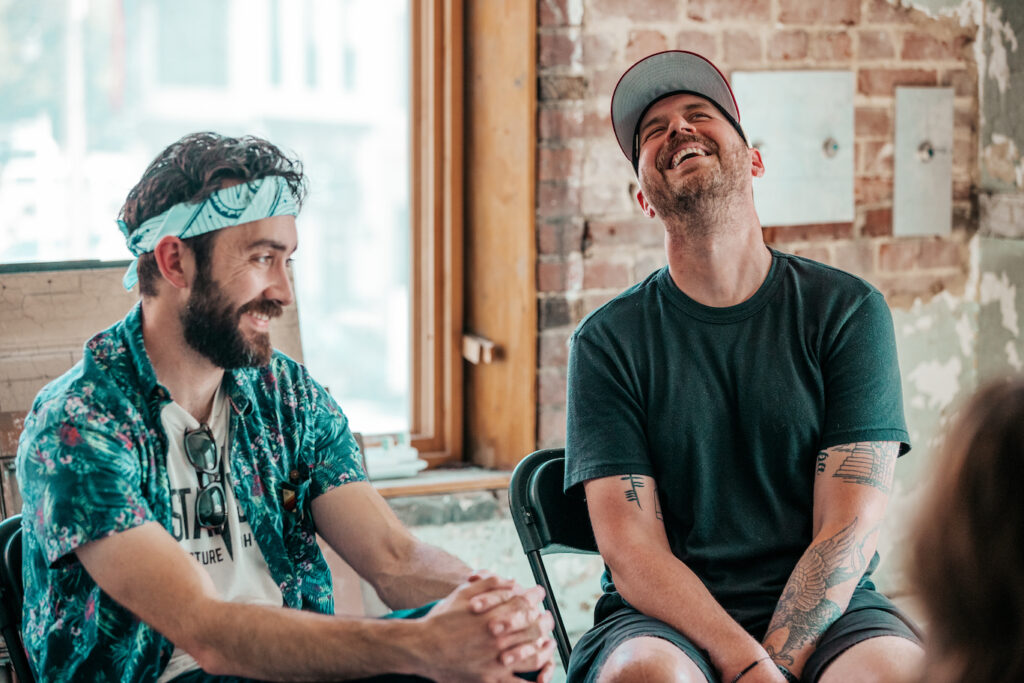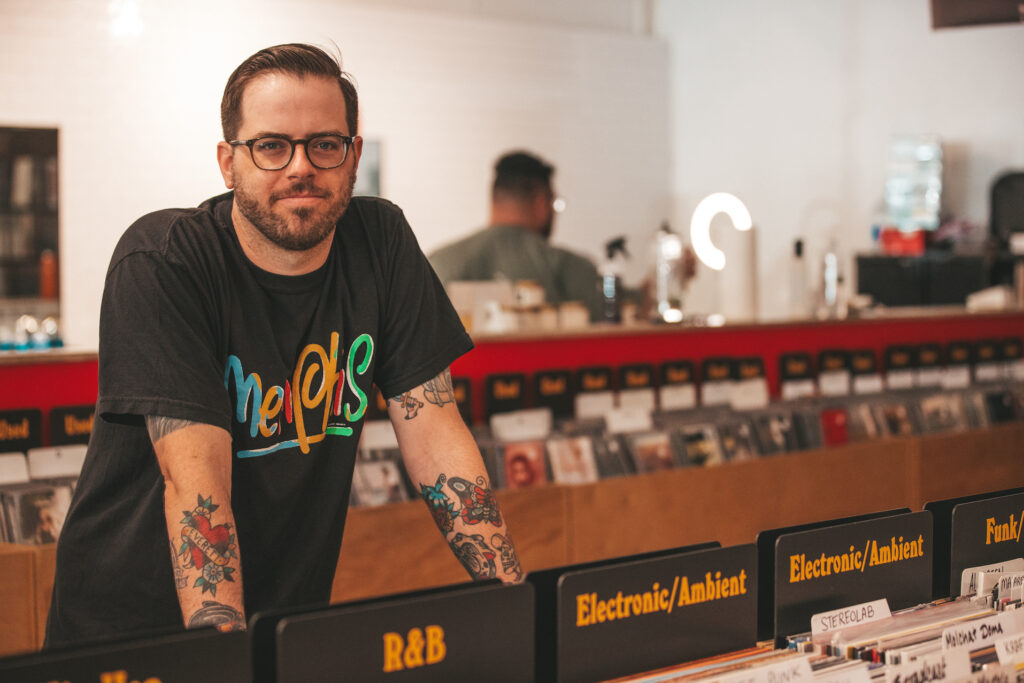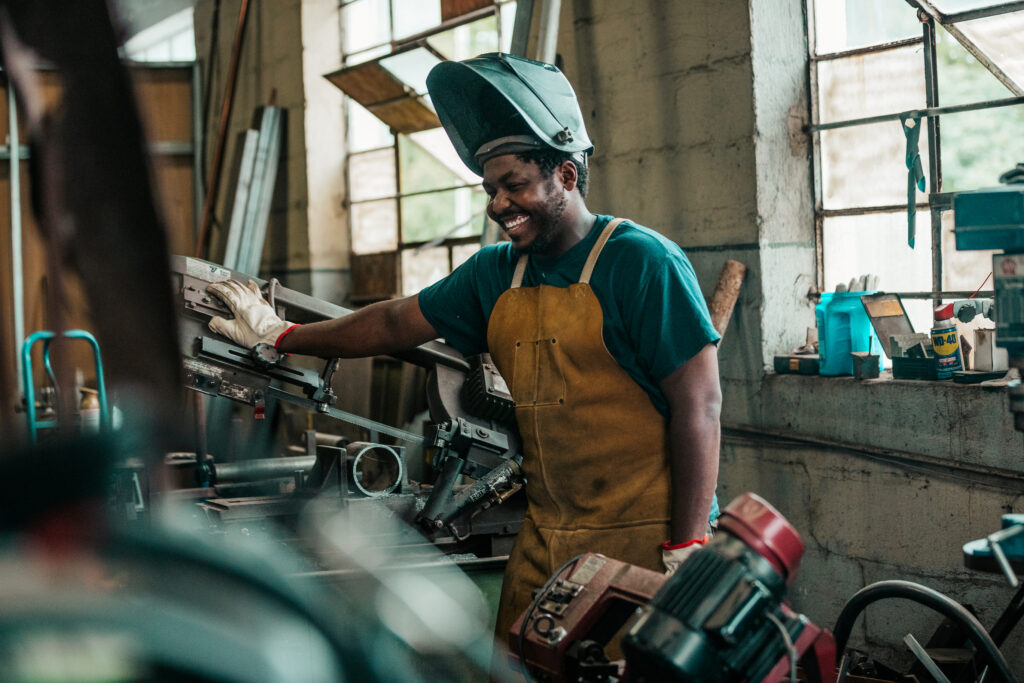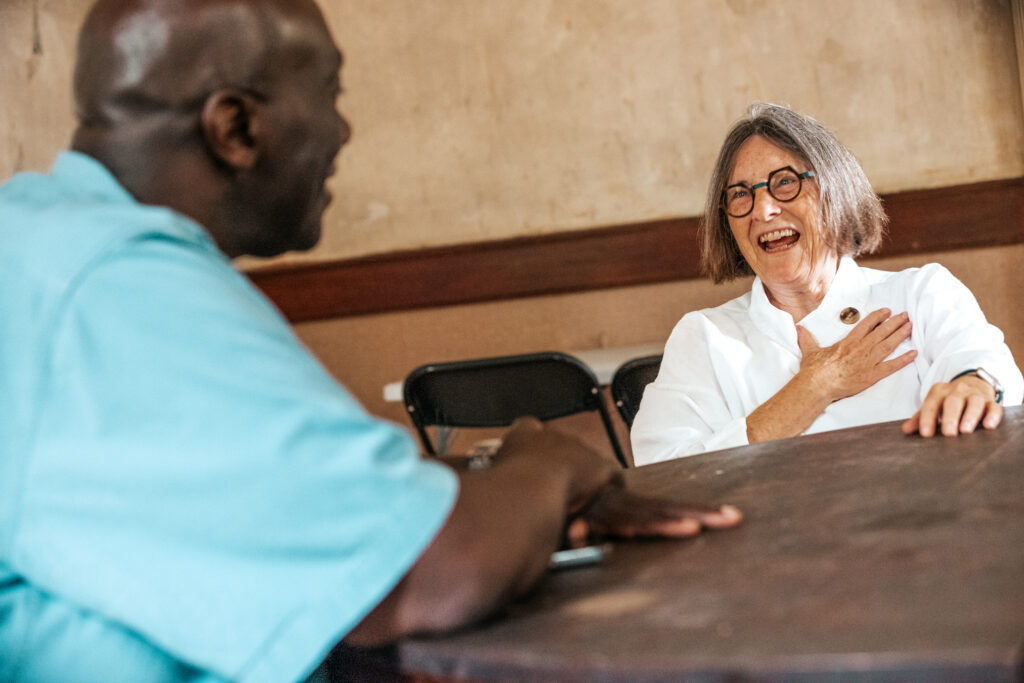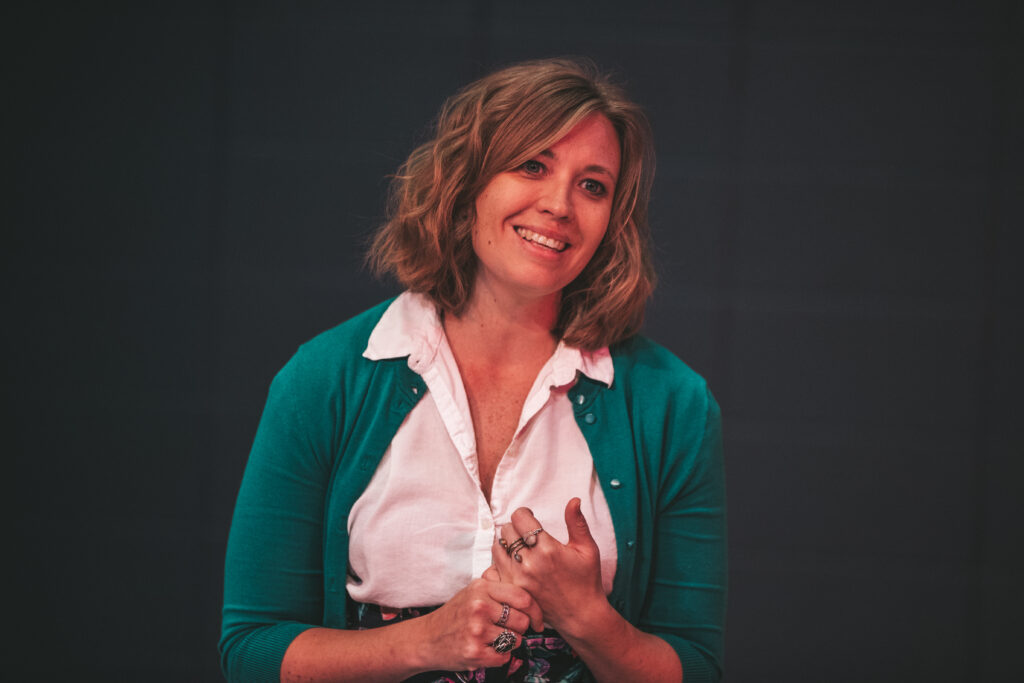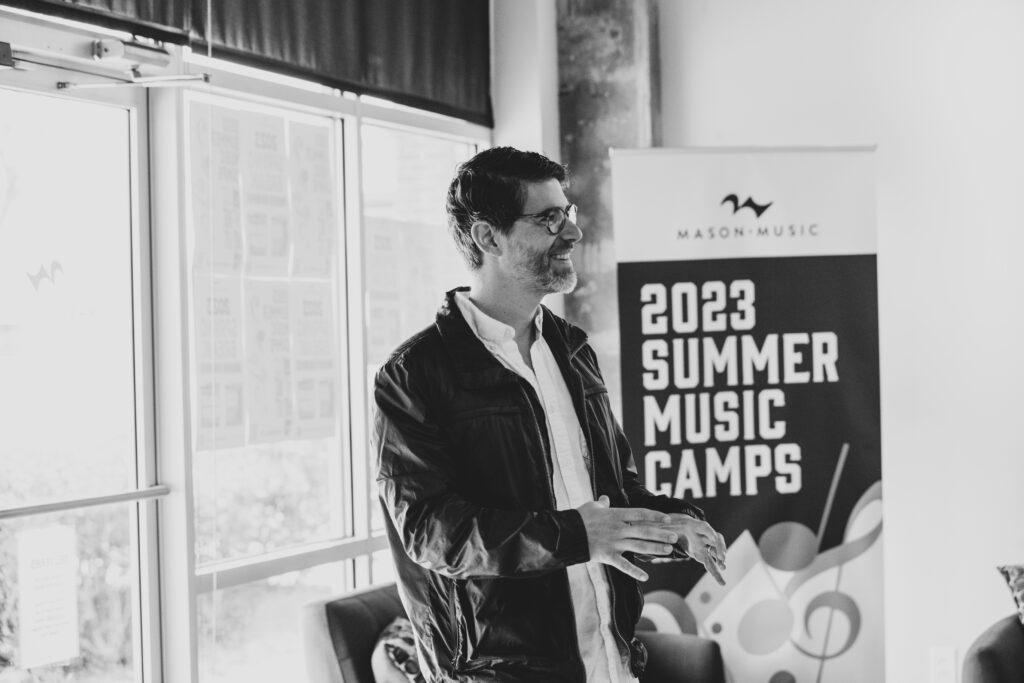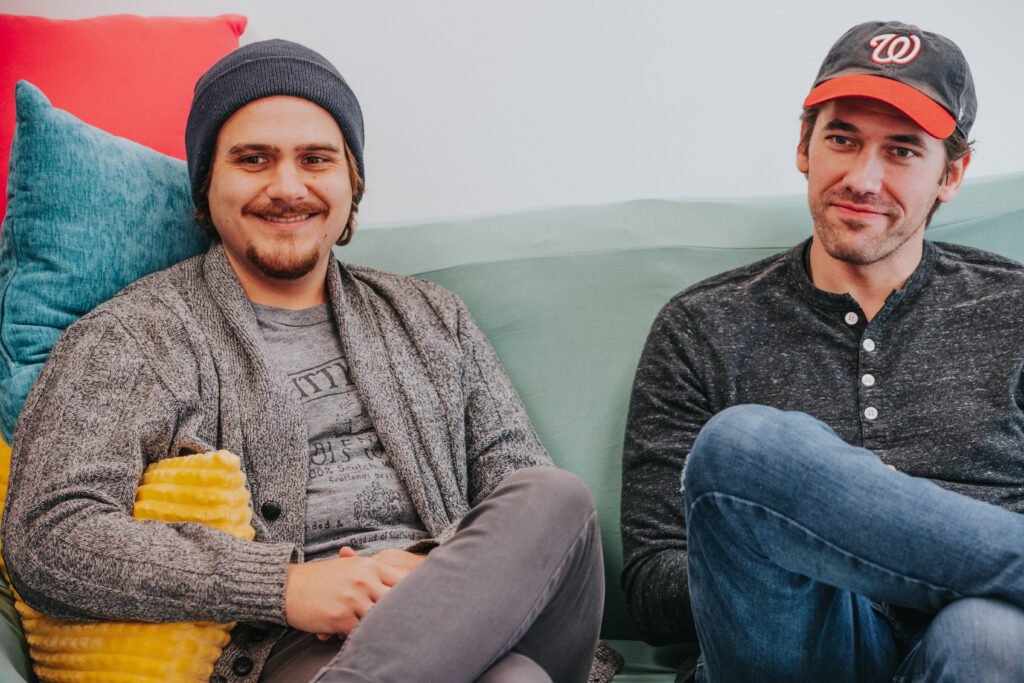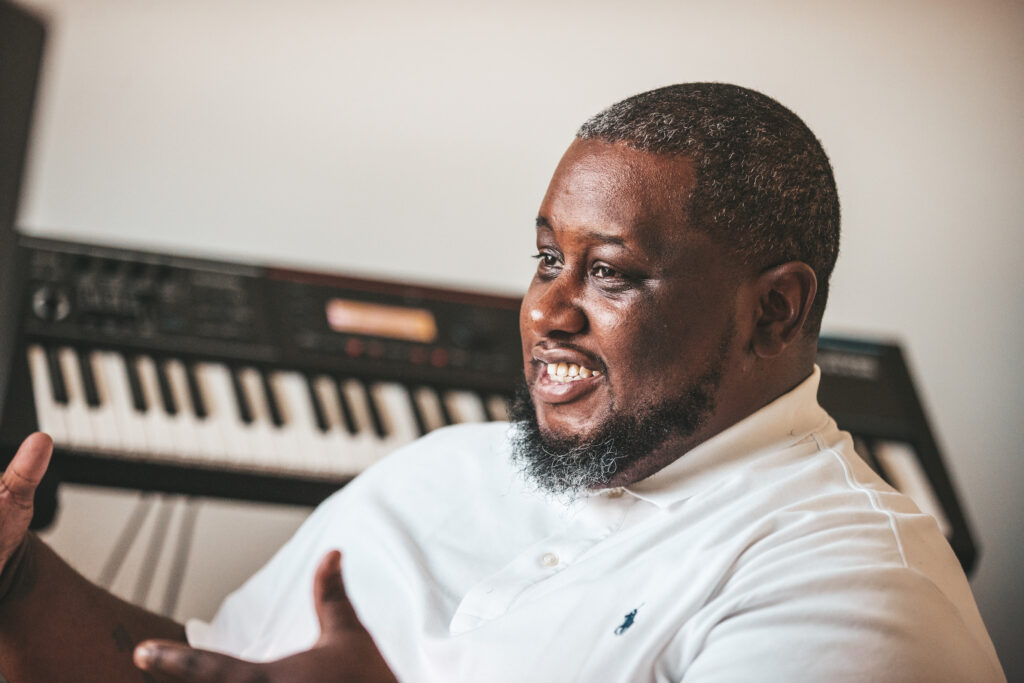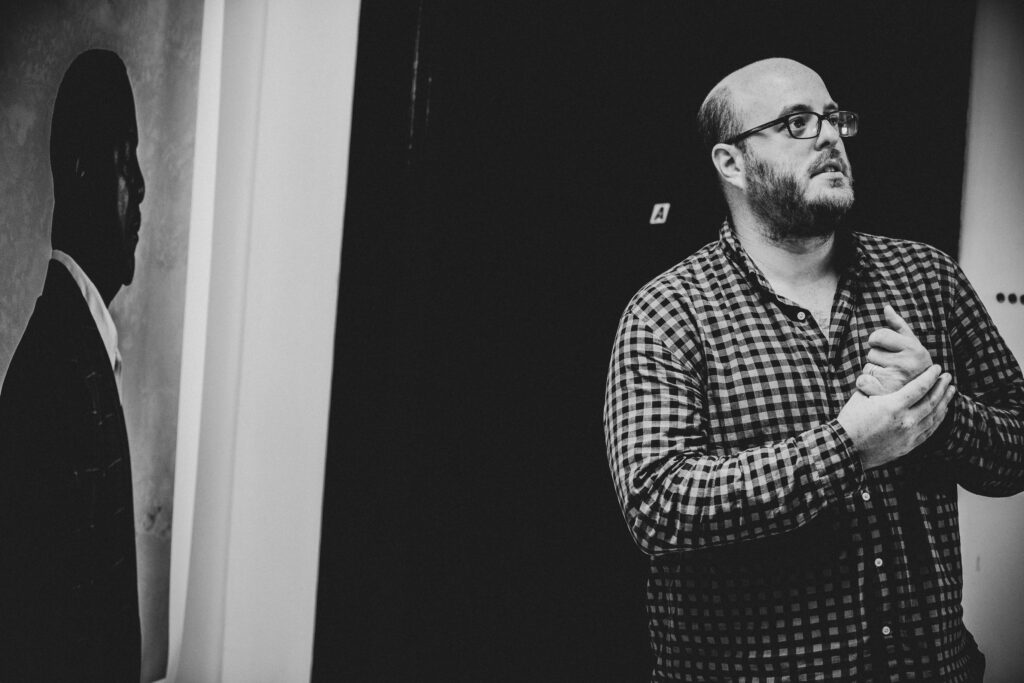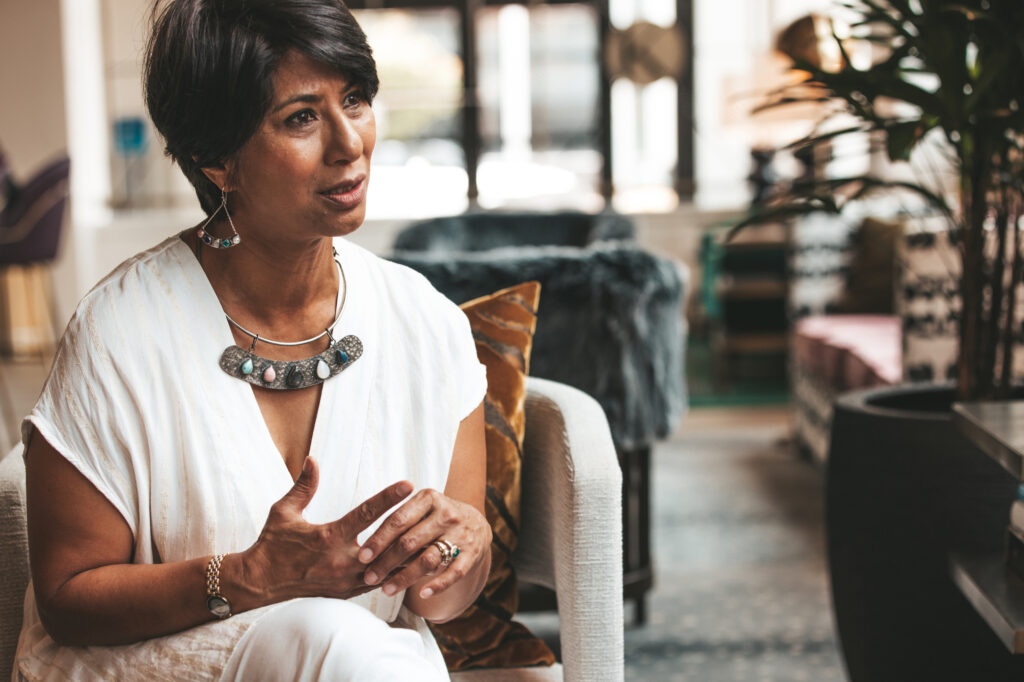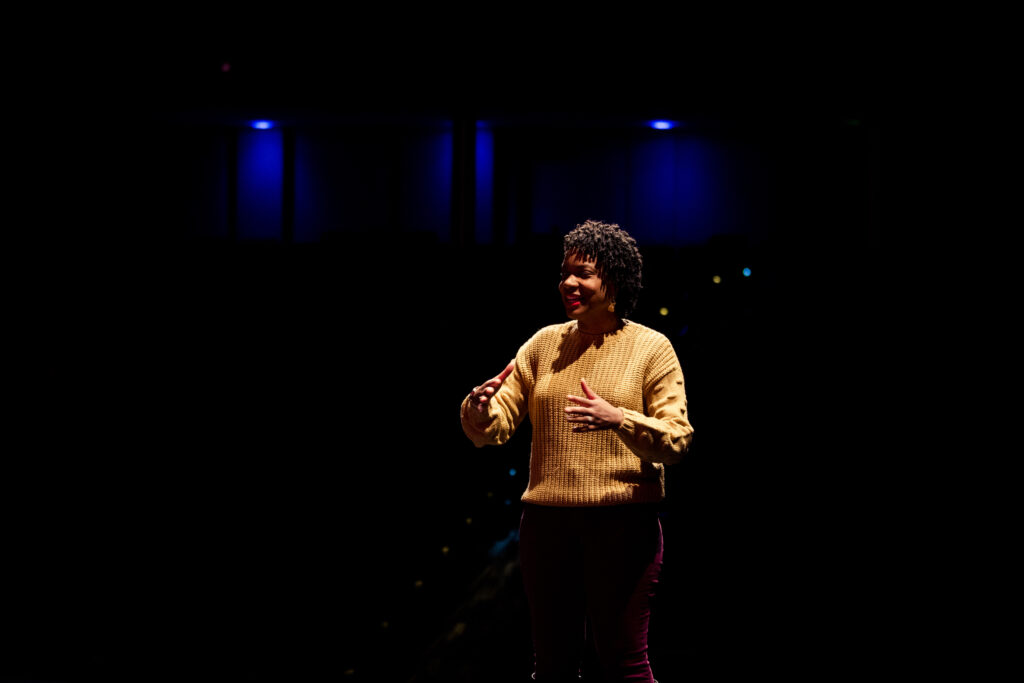Interview by Tonia Trotter
Photos by Ambre Amari
Countless studies have proven the ongoing value of arts education on student achievement; however, many Alabama students still have minimal to no access to this type of learning. The Greater Birmingham Arts Education Collaborative is an organization dedicated to facilitating access to arts education and providing specialized academic support to schools and teachers while creating paid teaching opportunities for local artists in a variety of disciplines. Leading the effort is Deanna Sirkot, Executive Director of the Arts Collab, whose own early experiences within the arts and culture sector helped lead her to the invaluable work she champions in our community now.
 Deanna, you realized your love of the arts early in life. What ignited your passion, and what inspired you to pursue a career in this field?
Deanna, you realized your love of the arts early in life. What ignited your passion, and what inspired you to pursue a career in this field?
I’m originally from Hershey, Pennsylvania, and I grew up immersed in the arts. In my family, there were a lot of artists, artisans, and art lovers. So, it’s always been a part of who I am. I loved music, and I have Bachelor’s and Master’s degrees in clarinet performance. I wanted to be an orchestra musician.
Halfway through grad school, I was asked to premiere a new work for solo clarinet and dancer at the Cleveland State TedX conference. That event was fascinating to me because you had all these sectors coming together — tech, medicine, higher education, and the arts. And I loved being in that environment! At that time, Cleveland was (and still is currently) going through a revitalization, and the theme of this conference was about how art can play a vital role in a community that’s experiencing a renaissance. That was when I knew I wanted to be a part of connecting art and community.
Your background in music brought you to Birmingham to work with the Alabama Symphony Orchestra. What was the catalyst to move from one specific creative sector into collaborating with various arts and culture organizations?
My husband is a cellist in the Alabama Symphony Orchestra. Nationally, there aren’t that many orchestras that offer full-time positions and full-time salaries, so when he won that job in 2015, we moved to Birmingham. I was excited to move here! I connected with ASO and began to play as a substitute musician while working part-time in their education department until a full-time position became available. I worked with ASO for three years, and I loved helping create some new programming during my time with them.
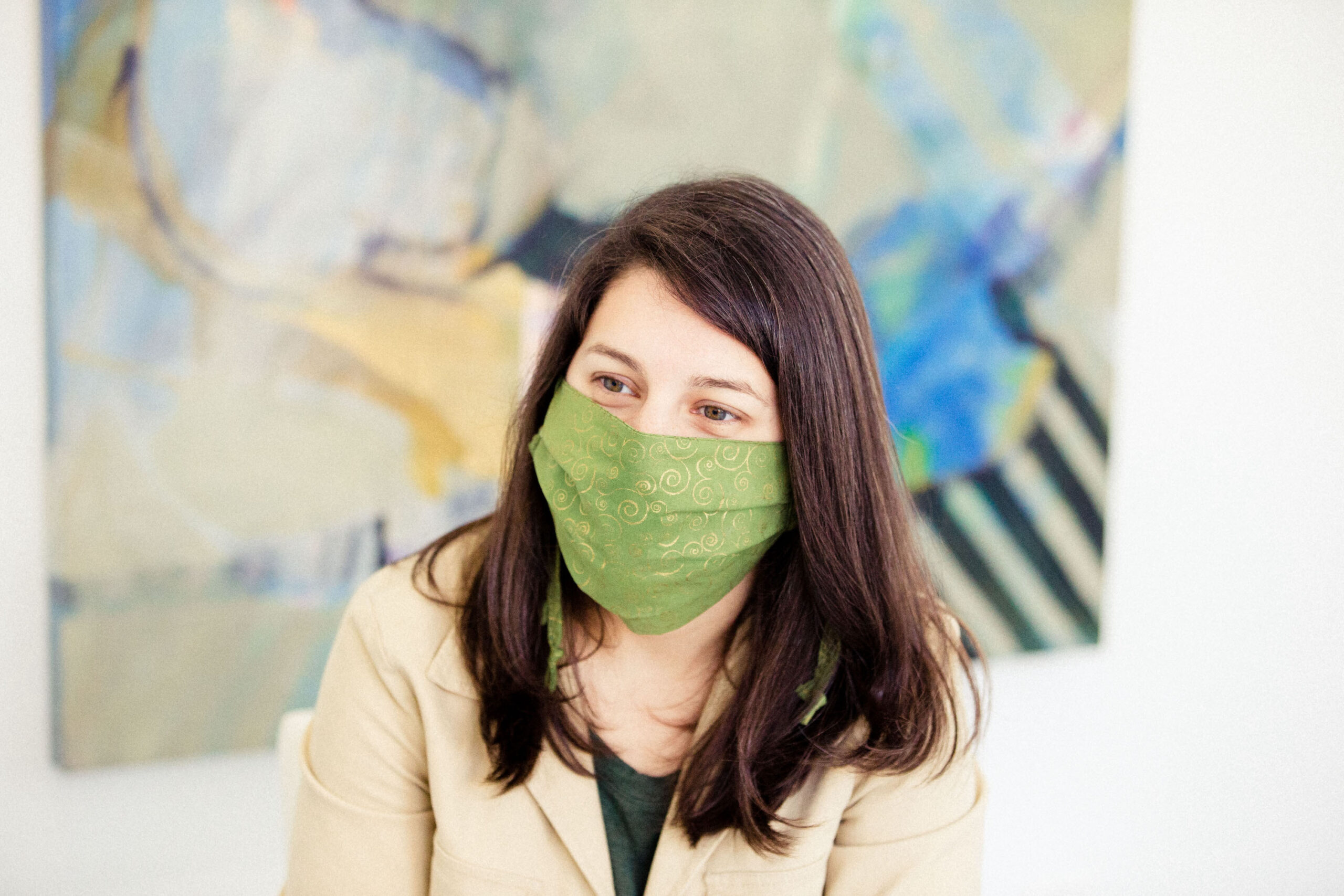 How did you begin to connect the dots and form a plan for the Arts Collab? What did you seek out to implement initially?
How did you begin to connect the dots and form a plan for the Arts Collab? What did you seek out to implement initially?
All of the state arts organizations work with the Alabama State Arts Council. And during my time with ASO, I was at a conference where a new initiative called the Artistic Literacy Consortium was announced. All this data had been collected around the state on which schools had access to the arts, and they found that most students had no or very little access. I knew immediately that I wanted to be involved.
Diane Litsey, the Executive Director at The Dance Foundation, and I connected over our mutual interest, and we decided to invite other arts organizations in Birmingham to come together for an initial conversation about arts education and some of our overlapping challenges. We weren’t sure what was going to come out of it, but we began meeting regularly.
In 2018, the legislature approved some funding for the Arts Council to amp up the efforts of the Artistic Literacy Consortium that included what we were doing here, and that’s how the Greater Birmingham Arts Education Collaborative came to be. We hadn’t had a name until then. We existed in spirit but not on paper. That funding allowed us to start some pilot programs, and that’s when I was able to make this my full-time venture.
The Arts Collab began to work with schools with leaders who recognized the value of arts education and the link between arts integration, a reduced education achievement gap for economically disadvantaged students, and higher test scores. We started by connecting local artists with classroom teachers to create an arts integration curriculum that would last about a semester. No program looks quite the same, because we want to tailor each program to what the specific needs for that classroom are.
 The Arts Collab received an award from the National Endowment for the Arts this year to begin a new program — The pARTners Project. What does that entail?
The Arts Collab received an award from the National Endowment for the Arts this year to begin a new program — The pARTners Project. What does that entail?
We are actively working towards creating a plan over the next two years to implement and support an arts integration program for our tri-county region of Jefferson, Tuscaloosa, and Hale counties. We are examining some of the systemic issues that affect access to arts education in the schools in this area. In addition to our research, we are encouraging community engagement and public input on how they want to see the arts show up in their communities.
So many organizations have felt the ramifications of the COVID-19 pandemic in the past year. But you found a valuable way to shift — by offering a new resource for socially-distanced learning. What is PRISM, and how has it boosted other organizations during this time?
PRISM is a searchable digital directory of socially-distanced arts education resources that are made exclusively by Birmingham’s arts and cultural organizations. It’s available to any student K-12, adult learners, and teachers who are looking for resources. You can search by artistic discipline — music, visual arts, poetry, and so on. We have about 25 organizations participating and over 50 resources listed right now. It’s such an honor to be able to host and promote this treasure trove of local resources.
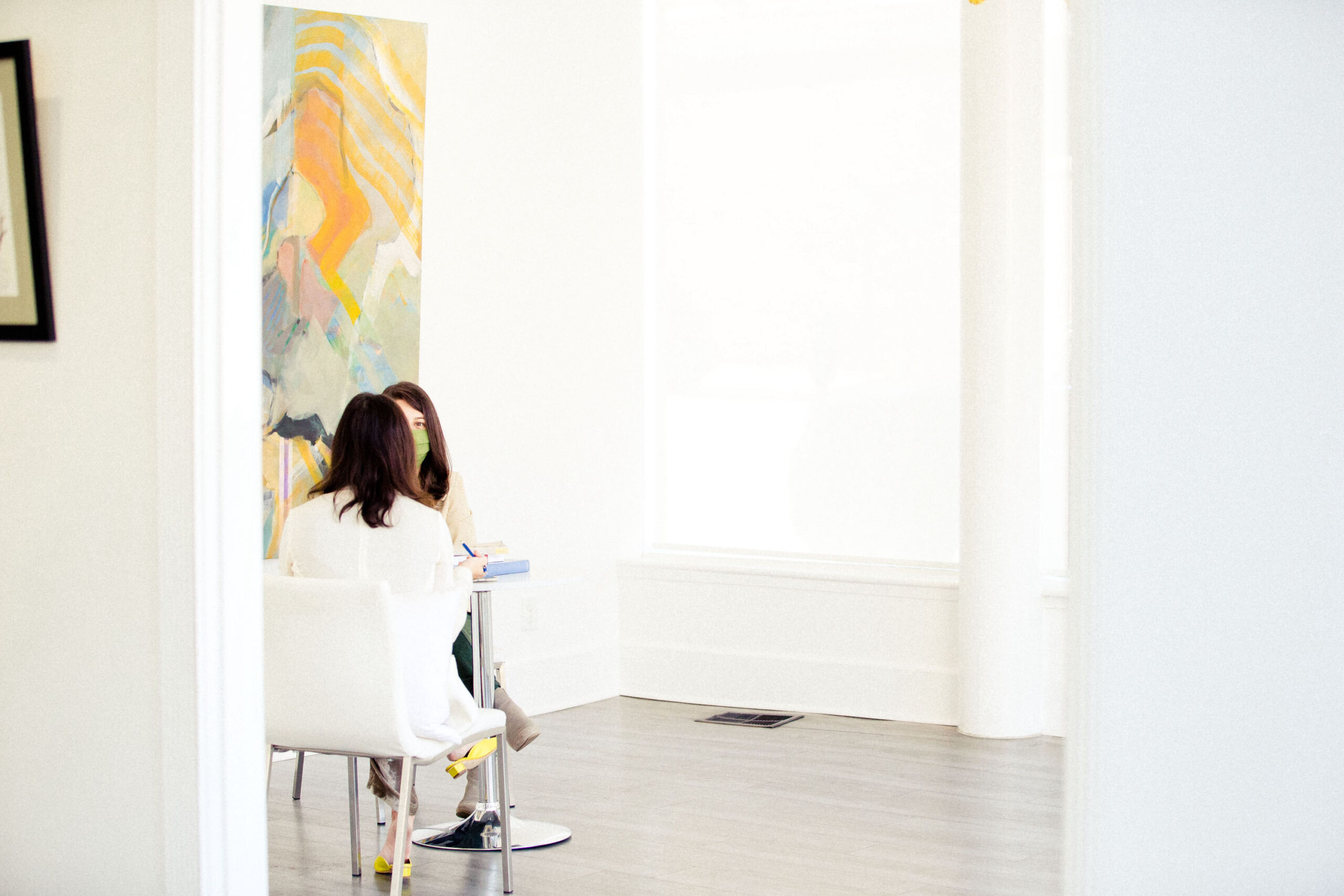 In addition to increasing creative and critical thinking and engagement for students and providing support for teachers, the Arts Collab also creates workforce opportunities for our community’s artists.
In addition to increasing creative and critical thinking and engagement for students and providing support for teachers, the Arts Collab also creates workforce opportunities for our community’s artists.
We’ve been fortunate to work with some incredibly talented artists, and the impact is profound. Students have shown an increase in creative confidence and had the opportunity to share their own stories in their own voices. It provides something invaluable to the kids, but it also creates avenues of income for Birmingham artists who are compensated for these teaching positions. We have an open call for artists all the time, and we provide training for the classroom. We also use our roster of artists as a resource for other organizations that are looking for artists to partner with. There are a lot of opportunities to be a teaching artist and get paid for your work, and we want to facilitate that process too.
Greater Birmingham Arts Education Collaborative Resources
PRISM is a directory of socially-distanced resources that help stimulate creativity. These high-quality lessons, activities, and tools are developed by local arts and cultural organizations to increase access to the benefits of arts education in Birmingham. The directory is regularly updated and includes over 50 resources from nearly 25 Birmingham-area artists and organizations.
The Arts & Humanities Council of Tuscaloosa and the Greater Birmingham Arts Education Collaborative have received an award from the National Endowment for the Arts to create a plan to increase access to arts education for students in this region including rural areas of west-Alabama. The pARTners Project is a multi-phased Collective Impact project with the goal of increasing access to arts education for PreK-12 students. The initiative will leverage community partners in research and strategic planning so that access to arts education is widespread and equitable.
Learn more about the Greater Birmingham Arts Education Collaborative and its programs and resources here.
